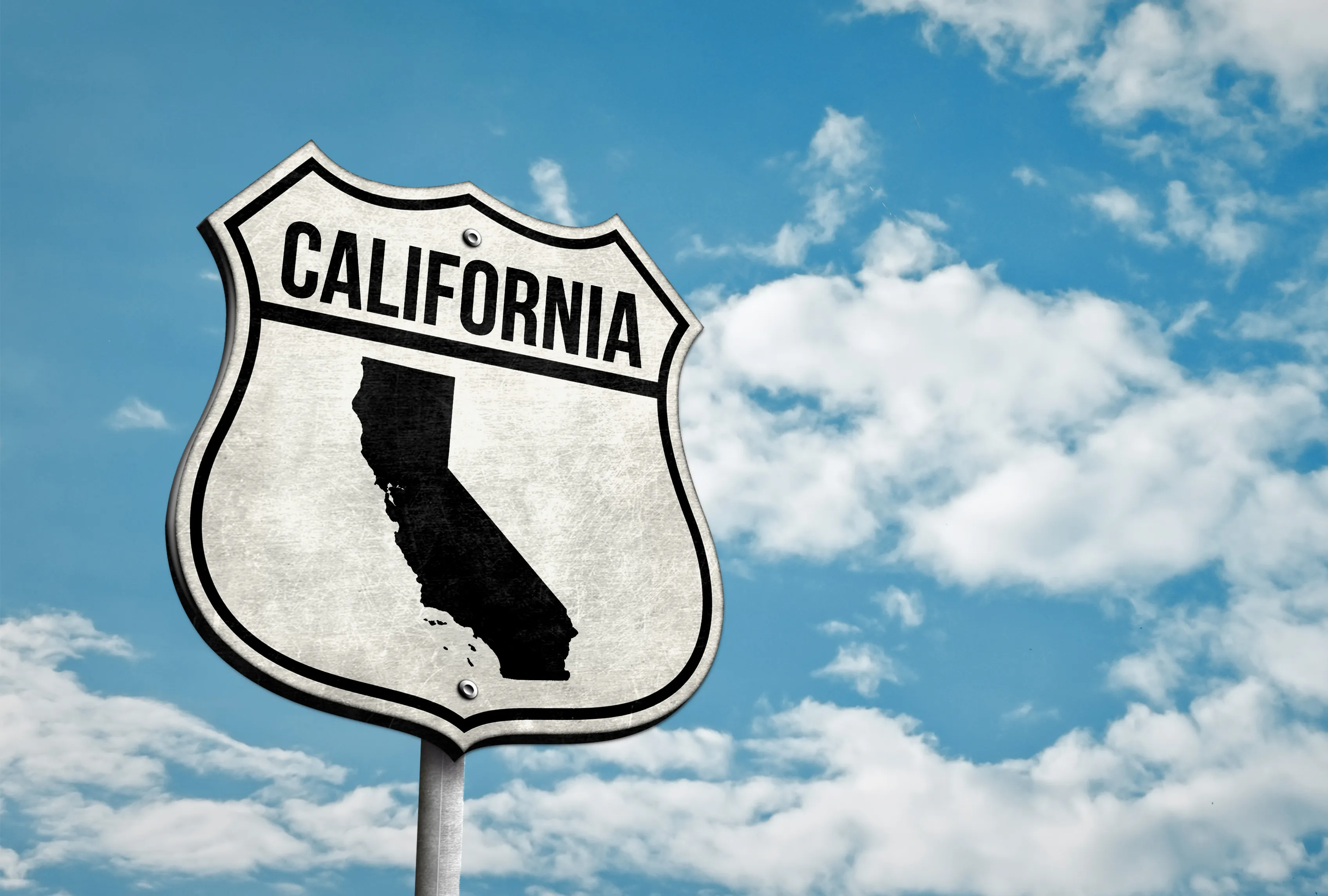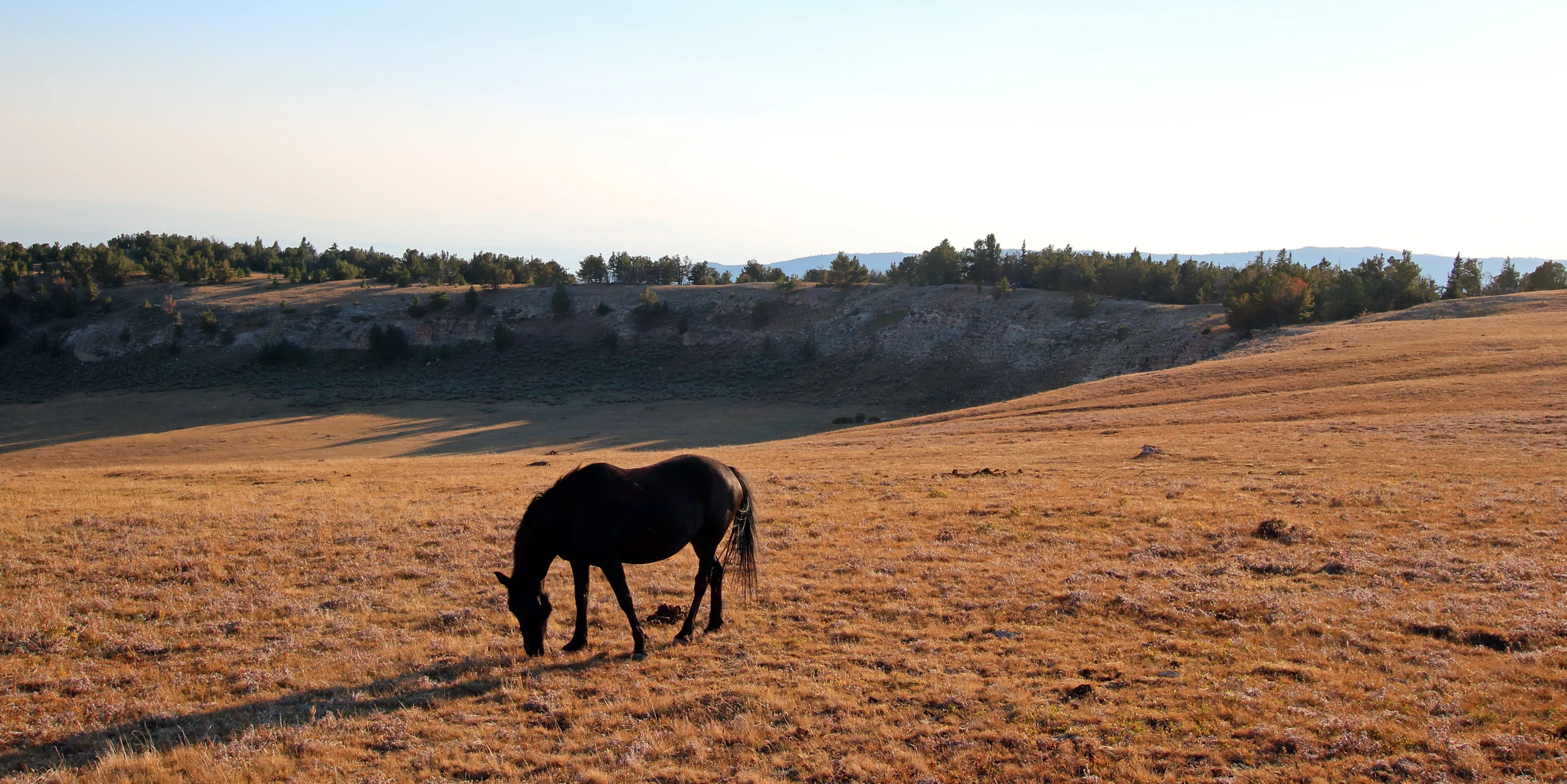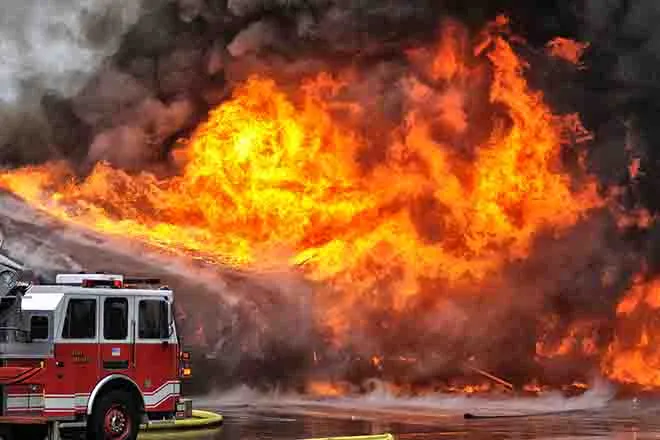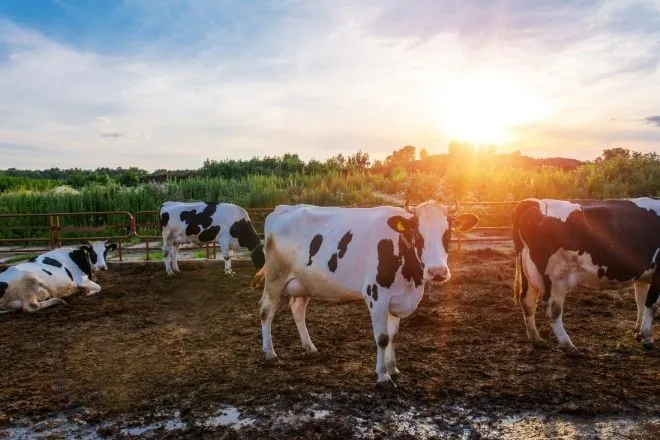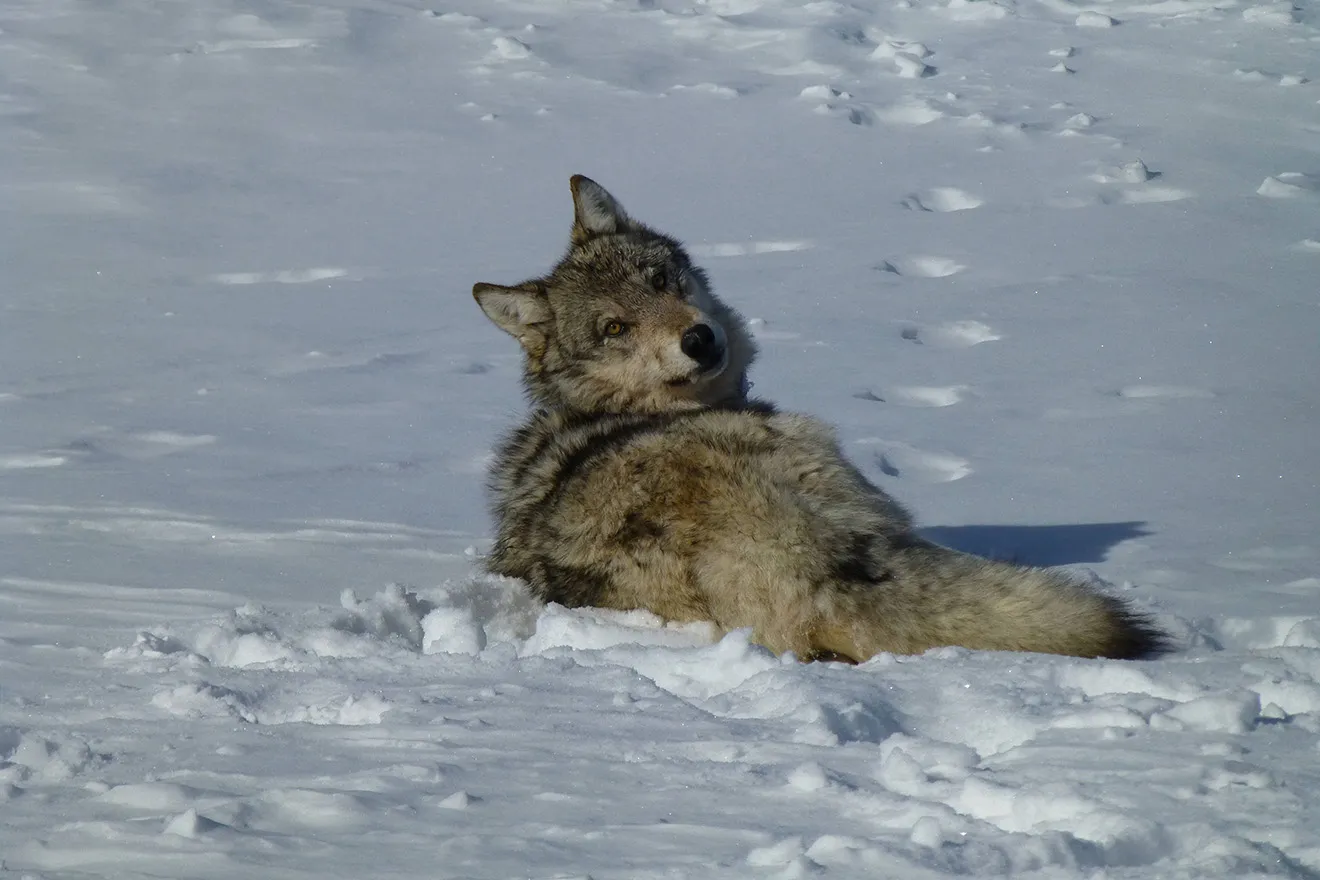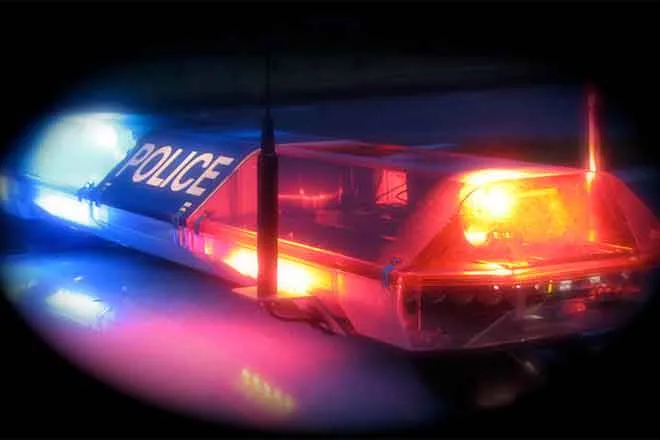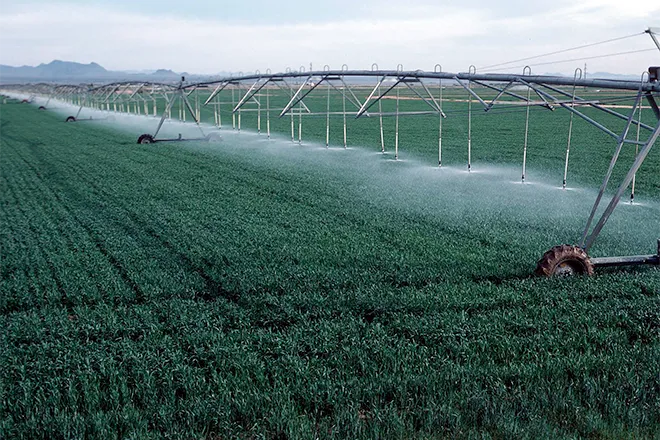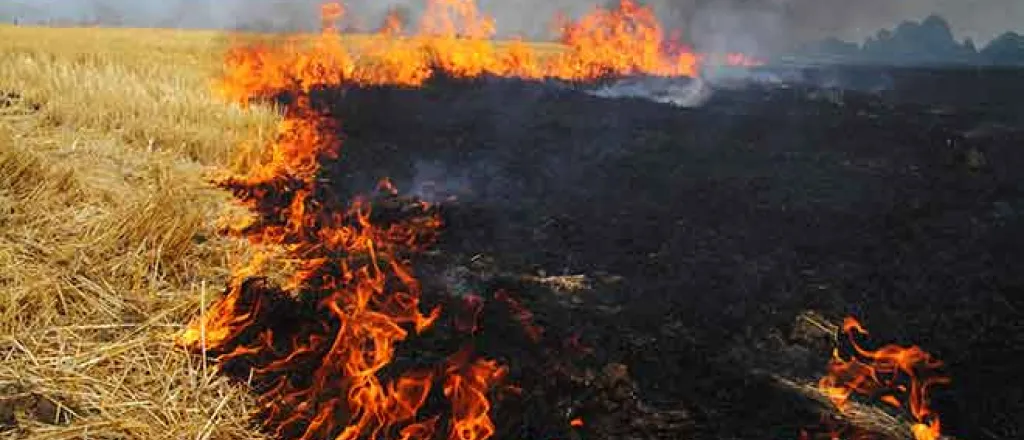
Preparing for Wildfires
A wildfire is an unplanned, unwanted fire burning in a natural area, such as a forest, grassland, or prairie. There’s a misconception that wildfires only happen in western and the Great Plains states. While wildfires are more common in certain states, they can occur anywhere in the country.
In addition, homes and business are more susceptible to wildfires as building development expands into once forested areas. This is called the wildland urban interface, and this interaction can put individuals at risk for exposure to wildfire.
To help reduce the chance of wildfire, the America’s PrepareAthon! How to Prepare for a Wildfire guide calls on everyone to practice fire prevention, such as:
Learn terms relevant to wildfire communication that are used by the National Weather Service:
o Fire Weather Watch: Potentially dangerous fire weather conditions are possible over the next 12 to 72 hours;
o Fire Weather/Red Flag Warning: Fire danger exists and weather patterns that support wildfires are either occurring or expected to occur within 24 hours. (Your community may also use the National Fire Danger Rating System to provide a daily estimate of the fire danger [i.e., low, moderate, high, very high, and extreme]); and
o Evacuation Notice: Local authorities may issue an evacuation notice to alert residents that a fire is nearby and it is important to leave the area. When authorities issue a mandatory evacuation notice, leave the area as soon as possible.
Set up three defensible zones around your home by clearing and reducing vegetation such as grass, bushes, trees, and other shrubbery. If renovating or building new homes, be sure to use fire-resistant construction materials.
Zone 1: A minimum 30-foot space. Make sure the space is clear of things like dead leaves, debris and other materials that can easily catch fire. Keep your lawn properly mowed and watered, and make sure plants growing in this area are fire resistant. Prune branches and shrubs to create 15 feet of space from the structure, from the ground, and between trees;
Zone 2: 30-100 feet out. Make sure plants growing in this area are fire resistant, create “fuel breaks” such as driveways and gravel walkways; prune trees limbs 6 to 10 feet from the ground; and
Zone 3: 100-200 feet out. Remove underbrush and thin vegetation, ensure that firewood is placed at least 100 feet away from structure, and keep tall trees from creating touching canopies.
Make sure there is a clear path to nearby water sources such as hydrants, ponds, swimming pools, and wells. Your fire department may to use it in an emergency.
Use a NIOSH-certified respirator (e.g., N-95) to help protect against smoke inhalation. Clothing made of natural materials such as wool can help protect in an emergency.
It is important to remember that over three quarters of wildfires are caused by humans. Learn how you and your family can prevent a wildfire by using fire and equipment responsibly from Smokey Bear.


